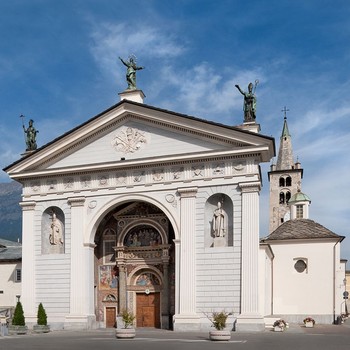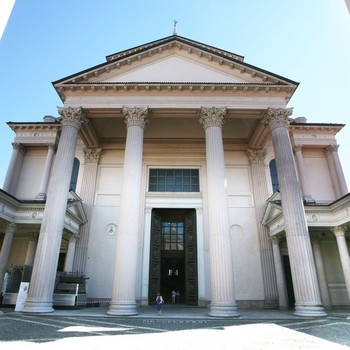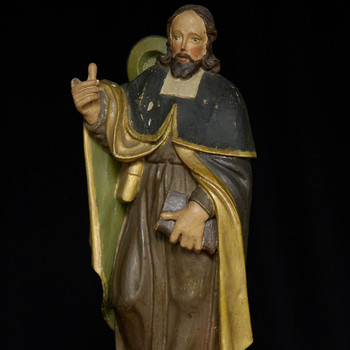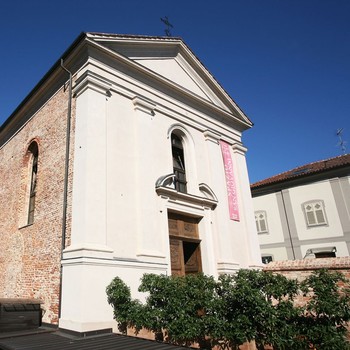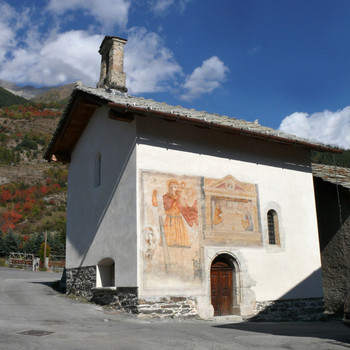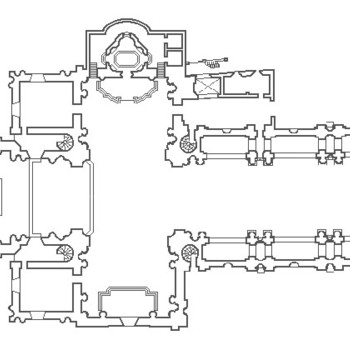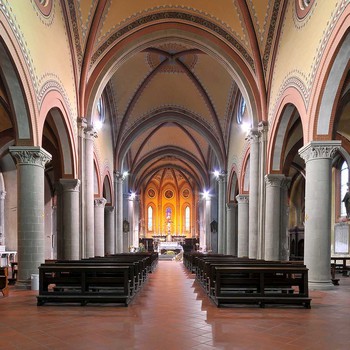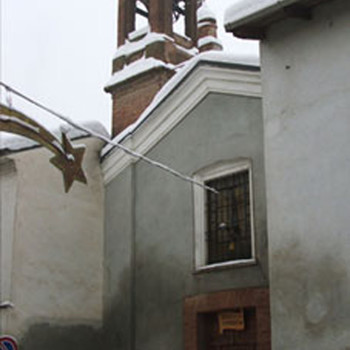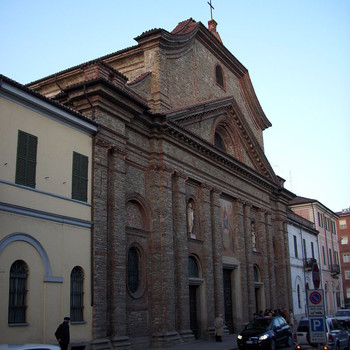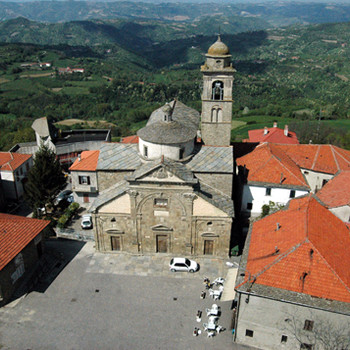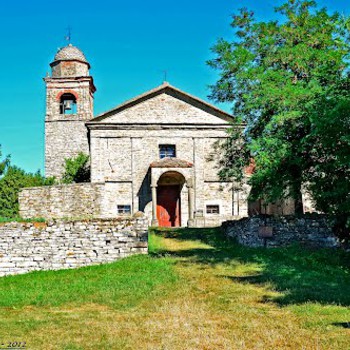Cathedral of Santa Maria Assunta
Diocesi di Aosta ( sec. IV; XI; XIX )
Founded at the end of the 4th century, Aosta Cathedral was rebuilt seven centuries later. It was further modified by major refurbishments in the 15th–16th and 19th centuries.
Cathedral of Santa Maria Assunta
Diocesi di Novara ( sec. IV; XX )
Novara Cathedral is a complex building, whose 19th-century structure designed by Alessandro Antonelli features details from the Early Christian and Romanesque periods, while the interior houses a wealth of artworks.
Diocesan Museum System
Diocesi di Susa
Diocesan Museum System. Constituted by the network of ecclesiastic museums coordinated by the Diocesan Museum of Sacred Art of Susa, which collect together and display the religious artistic heritage of the Susa Valley.
San Giovanni Diocesan Museum
Diocesi di Asti
The former cathedral church of San Giovanni, now known as the “Spazio San Giovanni” and is part of the Diocesan Museum currently under construction in the Episcopal Complex of Asti Cathedral.
Cappella dell’Annunziata
Diocesi di Susa ( sec. XVI )
La Cappella è detta anche “Cappella di San Cristoforo”, per la grande figura del Santo affrescata all’esterno. Il Santo veniva rappresentato sulle pareti esterne degli edifici posti lungo le vie di transito, a protezione di viaggiatori e pellegrini.
Basilica di San Gaudenzio
Diocesi di Novara ( sec. XVI; XVII; XIX )
La Basilica di San Gaudenzio venne edificata, su progetto di Pellegrino Tibaldi, intorno al 1577. All'interno ricco di arte e storia sono conservate le spoglie di San Gaudenzio patrono di Novara.
Chiesa di San Nicola da Tolentino
Diocesi di Ivrea ( sec. XVII )
La Chiesa di S. Nicola da Tolentino, risalente al 1605, racchiude e conserva importanti e pregevoli opere d’arte. L’apparato decorativo murario dipinto con tecnica mista nel 1683, adorna vorticosamente tutta la chiesa
Chiesa di Sant'Agnese in San Francesco
Diocesi di Vercelli ( sec. XIV )
Di impianto trecentesco fu oggetto di gravi danneggiamenti tra XVI e XIX secolo. Oggetto di restauri su progetto dell’architetto Edoardo Arborio Mella nel 1868 fu terminata nel 1903.
Chiesa della Santissima Pietà
Diocesi di Alessandria ( sec. XIII; XVI )
Il primo nucleo dell’Oratorio della SS. Pietà in Castellazzo B.da risale al 1298. L’edificio custodisce otto statue policrome, raffiguranti il Compianto del Cristo morto, risalenti al XV secolo.
Chiesa di San Francesco
Diocesi di Acqui ( sec. XV; XVI; XX )
La chiesa fu ricostruita fra la prima metà del '400 e gli inizi del '500. L'edificio attuale è opera neoclassica eseguita tra il 1835 e il 1854 su progetto del geometra Ferraris.
Chiesa di Santa Maria Annunziata
Diocesi di Acqui ( sec. XVI; XVIII; XX )
La chiesa rinascimentale, “bramantesca”, di Santa Maria Annunziata fu riportata al suo originale stato dai restauri degli anni 1946 e 1966.
Chiesa di San Giovanni
Diocesi di Acqui ( sec. XIII; XIV )
La chiesa di San Giovanni fu l’antica parrocchiale dell’abitato di Roccaverano. Vi è attivo il Maestro di Roccaverano.
Renaissance
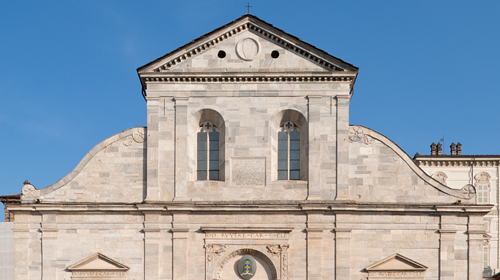
The subalpine Renaissance was a tardy development in the 1500s, which faded out in the century that followed, when Late Mannerist forms were still present in the art of the Castellamontes and their Lugano associates. The Piedmontese were fond of the Gothic style, decorative sculpture and the brilliant painting of Jaquerio. The Staffarda choir (most of which is now in Turin’s Municipal Museum) reveals the shift from sublime Late-Gothic carving to the first precarious attempts at perspective. The extraordinary exception is Turin Cathedral, an opus imported from Tuscany thanks to a Settignano master, which features the typical double-order aedicule façade with side volutes also found in Rome’s Sant’Agostino and Santa Maria del Popolo. The same can be said of Santa Croce in Boscomarengo, while Saluzzo, Saliceto and Revello are more closely bound to the local area, where the atypical Leonardesque Hans Clemer worked. The Flemish artist was greater even than Gandolfino di Roreto and comparable to Macrino d’Alba, the most central Italian in style of his Piedmontese colleagues.



